Home>Construction & Tools>Electrical and Plumbing Systems>How To Unplug An EV Charger
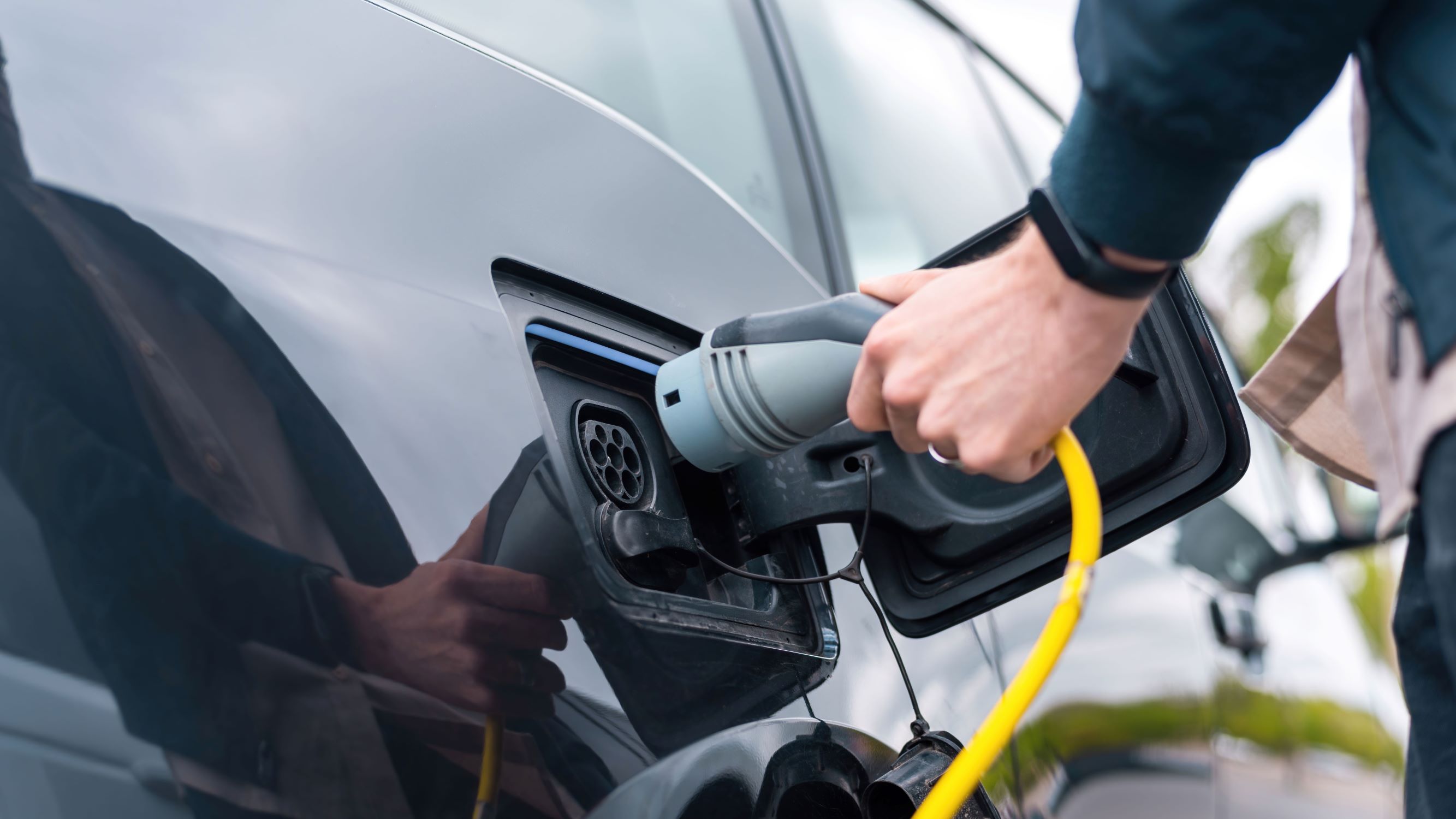

Electrical and Plumbing Systems
How To Unplug An EV Charger
Modified: August 28, 2024
Learn how to safely unplug an EV charger from your electrical and plumbing systems with our step-by-step guide. Avoid potential hazards and ensure a smooth disconnection process.
(Many of the links in this article redirect to a specific reviewed product. Your purchase of these products through affiliate links helps to generate commission for Storables.com, at no extra cost. Learn more)
Introduction
Electric vehicles (EVs) are revolutionizing the way we think about transportation. As more people make the switch to electric cars, the demand for electric vehicle chargers is on the rise. These chargers provide a convenient way for EV owners to power up their vehicles at home, eliminating the need for frequent trips to public charging stations.
However, as with any electrical appliance, it's important to understand how to safely unplug an EV charger to prevent accidents and damage to the equipment. In this guide, we'll walk you through the essential steps for safely unplugging an EV charger from your vehicle, ensuring that you can do so with confidence and ease.
Whether you're a new EV owner or simply seeking a refresher on best practices, this article will equip you with the knowledge and skills to unplug your EV charger safely and efficiently. From understanding the necessary safety precautions to the step-by-step process of removing the charger plug, we've got you covered. So, let's dive in and explore the essential steps for safely unplugging an EV charger.
Key Takeaways:
- Safely unplug an EV charger by following essential steps, including turning off the power, inspecting the plug, and removing it with care. Prioritize safety to prevent accidents and damage to the equipment.
- After unplugging, store the EV charger plug in a clean, dry location, coiling the cable neatly and using a protective case. Proper storage ensures the equipment remains functional and accessible for future use.
Read more: What Is The Fastest EV Charger
Safety Precautions
Before beginning the process of unplugging your electric vehicle (EV) charger, it’s crucial to prioritize safety. By adhering to the following precautions, you can mitigate potential risks and ensure a secure environment for both yourself and the equipment.
- Turn Off the Charger: Prior to handling the EV charger, make sure it is powered off. This can usually be done by pressing the power button on the charger or using a dedicated power switch. Ensuring that the charger is not actively supplying electricity will minimize the risk of electrical shock.
- Wear Insulated Gloves: When handling the charger plug, wearing insulated gloves can provide an additional layer of protection against electrical hazards. Insulated gloves are designed to prevent electric current from passing through the body, reducing the risk of shock.
- Inspect the Plug and Cable: Before unplugging the charger, visually inspect the plug and cable for any signs of damage, such as fraying or exposed wires. If any damage is detected, refrain from unplugging the charger and seek professional assistance to assess and address the issue.
- Maintain a Dry Environment: It’s essential to unplug the EV charger in a dry environment to prevent the risk of electrical shorts. Avoid unplugging the charger in wet or damp conditions, as moisture can increase the likelihood of electrical hazards.
- Keep Children and Pets Away: To ensure a distraction-free and safe unplugging process, keep children and pets away from the charging area. This minimizes the risk of accidents and helps maintain focus on the task at hand.
By adhering to these safety precautions, you can create a secure environment for unplugging your EV charger, reducing the likelihood of accidents and promoting a safe and efficient process.
Turning Off the Power
Before unplugging your electric vehicle (EV) charger, it’s essential to ensure that the power supply to the charger is turned off. This step is crucial for minimizing the risk of electrical shock and creating a safe environment for the unplugging process. Here’s a detailed guide on how to turn off the power to your EV charger:
- Locate the Power Controls: Identify the power controls on your EV charger. Depending on the model, the power controls may include a dedicated power button, a switch, or a digital interface that allows you to deactivate the charger.
- Follow Manufacturer’s Instructions: Refer to the manufacturer’s instructions for your specific EV charger model. The instructions will provide detailed guidance on how to safely power off the charger, including any specific steps or considerations unique to your charger’s design.
- Deactivate the Charger: Once you’ve located the power controls and reviewed the manufacturer’s instructions, proceed to deactivate the charger. This may involve pressing a power button, toggling a switch, or following on-screen prompts to power down the charger.
- Verify Power Deactivation: After deactivating the charger, verify that the power supply has been successfully turned off. Some chargers may have indicator lights or displays that confirm when the charger is no longer receiving power.
By following these steps, you can confidently turn off the power to your EV charger, setting the stage for a safe and efficient unplugging process. Always prioritize caution and attentiveness when handling electrical equipment, and be sure to consult the manufacturer’s instructions for any specific guidance related to your EV charger model.
Before unplugging an EV charger, make sure the car is turned off. Then, press the release button on the charger and gently pull it out. Be sure to store the charger properly when not in use.
Removing the EV Charger Plug
Once the power to the electric vehicle (EV) charger has been turned off and all safety precautions have been observed, you can proceed with removing the charger plug from your vehicle. This step requires careful attention to detail and a methodical approach to ensure a smooth and safe unplugging process. Follow these steps to effectively remove the EV charger plug:
- Unlock the Vehicle: If your EV has a locking mechanism that secures the charger plug in place, unlock the vehicle to release the plug. This may involve using the vehicle’s key fob, pressing a button inside the vehicle, or following the specific unlocking procedure outlined in your vehicle’s manual.
- Grip the Charger Plug: Firmly grasp the charger plug, ensuring a secure grip to facilitate its removal from the vehicle’s charging port. Avoid pulling on the cable itself, as this can strain the connection between the plug and the charging port.
- Apply Even Pressure: With a steady and controlled motion, gently pull the charger plug away from the vehicle’s charging port. It’s important to apply even pressure to avoid sudden jerks or tugs that could potentially damage the plug or the charging port.
- Inspect the Plug and Port: After removing the charger plug, take a moment to inspect both the plug and the vehicle’s charging port. Look for any signs of damage, debris, or abnormalities that may require attention. If any issues are identified, consult your vehicle’s manual or seek professional assistance to address them.
By following these steps, you can safely and effectively remove the EV charger plug from your vehicle, preparing it for storage and ensuring that the unplugging process is conducted with care and precision. Paying attention to the details and handling the plug with caution will help maintain the integrity of the charging equipment and your vehicle’s charging port.
Storing the EV Charger Plug
After successfully removing the electric vehicle (EV) charger plug from your vehicle, it’s essential to store the plug properly to maintain its functionality and prolong its lifespan. Storing the charger plug in a safe and organized manner not only protects the equipment from damage but also ensures that it remains readily accessible for future use. Follow these guidelines to effectively store your EV charger plug:
- Clean the Charger Plug: Before storing the plug, take a moment to inspect it for any dirt, debris, or foreign substances. Wipe the plug with a clean, dry cloth to remove any contaminants that could potentially affect its performance or the cleanliness of the storage area.
- Select a Suitable Storage Location: Choose a designated storage space for the charger plug that is free from excessive moisture, extreme temperatures, and physical hazards. Ideally, the storage location should provide protection from environmental elements and minimize the risk of damage to the plug.
- Organize the Charging Cable: Neatly coil the charging cable in a manner that prevents kinks, twists, and tangles. Avoid sharp bends or creases in the cable, as these can compromise its integrity over time. Secure the coiled cable with Velcro straps or a cable organizer to maintain its shape.
- Protect the Plug and Cable: Consider using a protective case or a dedicated storage bag to shield the charger plug and cable from dust, moisture, and accidental impact. A suitable protective cover can help preserve the condition of the equipment during storage and transportation.
- Store in a Dry and Accessible Location: Place the charger plug and coiled cable in the chosen storage location, ensuring that it is easily accessible when needed. Verify that the storage area remains dry and free from potential hazards that could compromise the integrity of the equipment.
By adhering to these storage guidelines, you can safeguard the EV charger plug and its associated cable, maintaining their condition and functionality for future use. Proper storage practices contribute to the longevity of the equipment and ensure that it remains in optimal working condition when it’s time to recharge your electric vehicle.
Frequently Asked Questions about How To Unplug An EV Charger
Was this page helpful?
At Storables.com, we guarantee accurate and reliable information. Our content, validated by Expert Board Contributors, is crafted following stringent Editorial Policies. We're committed to providing you with well-researched, expert-backed insights for all your informational needs.
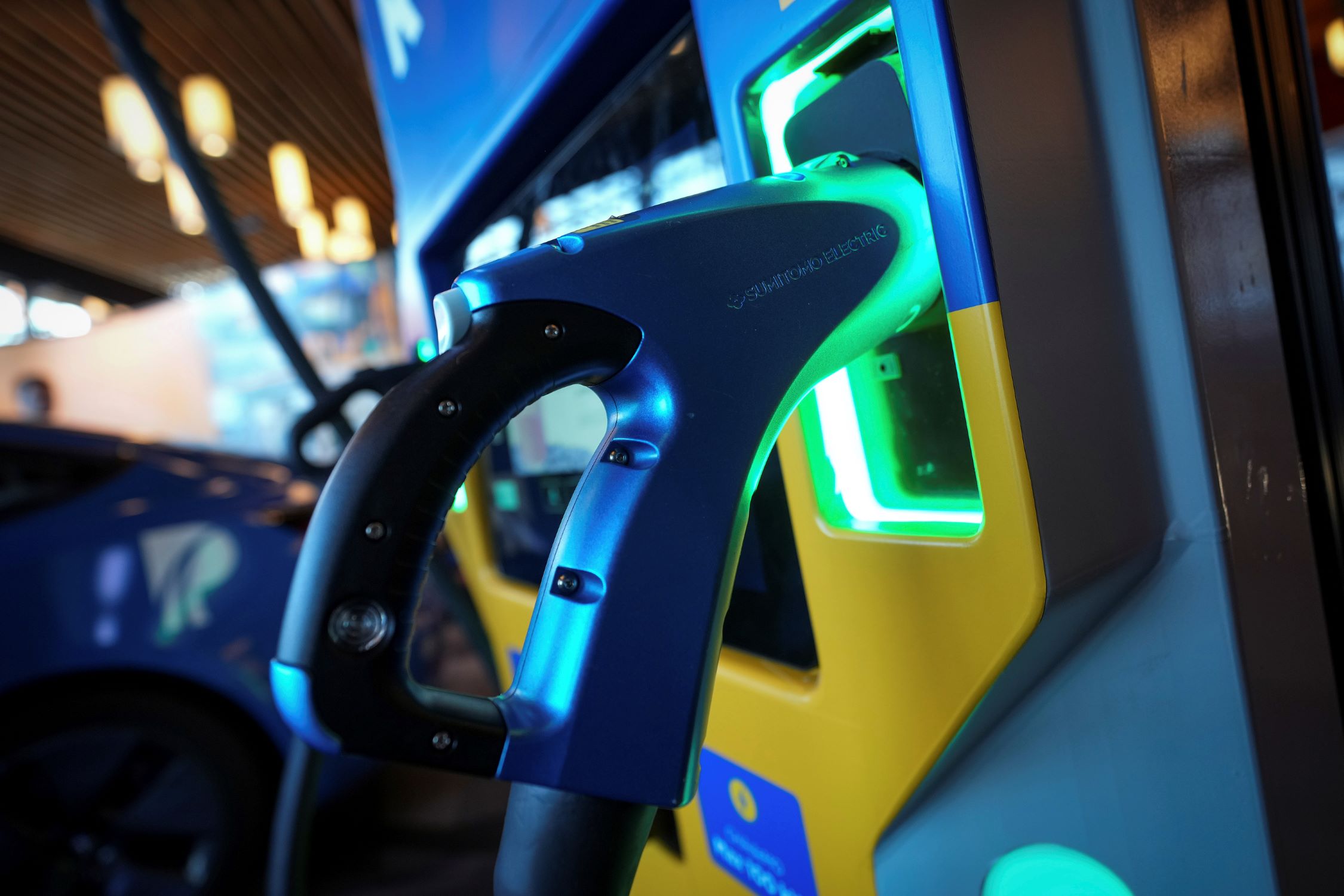
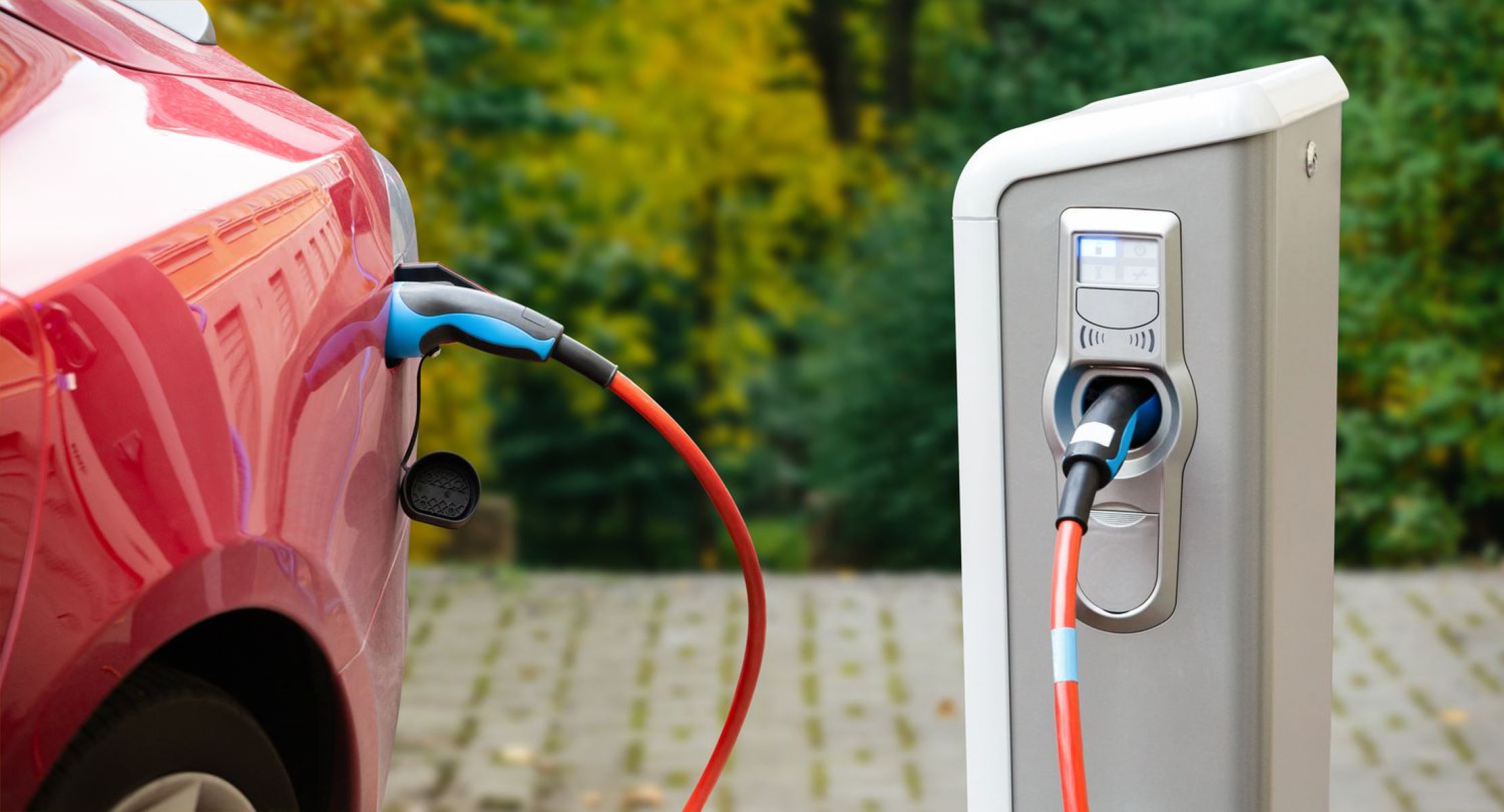
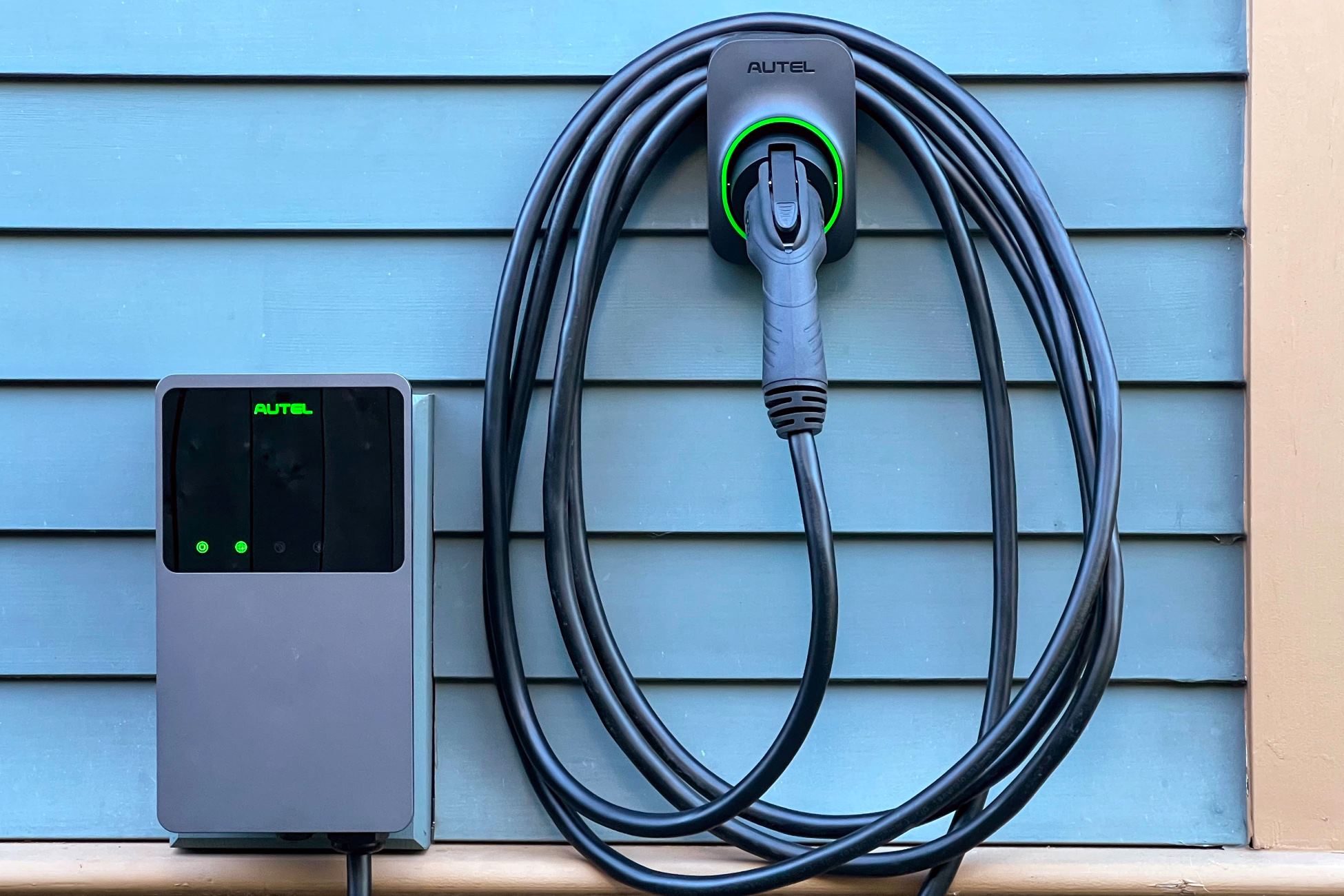
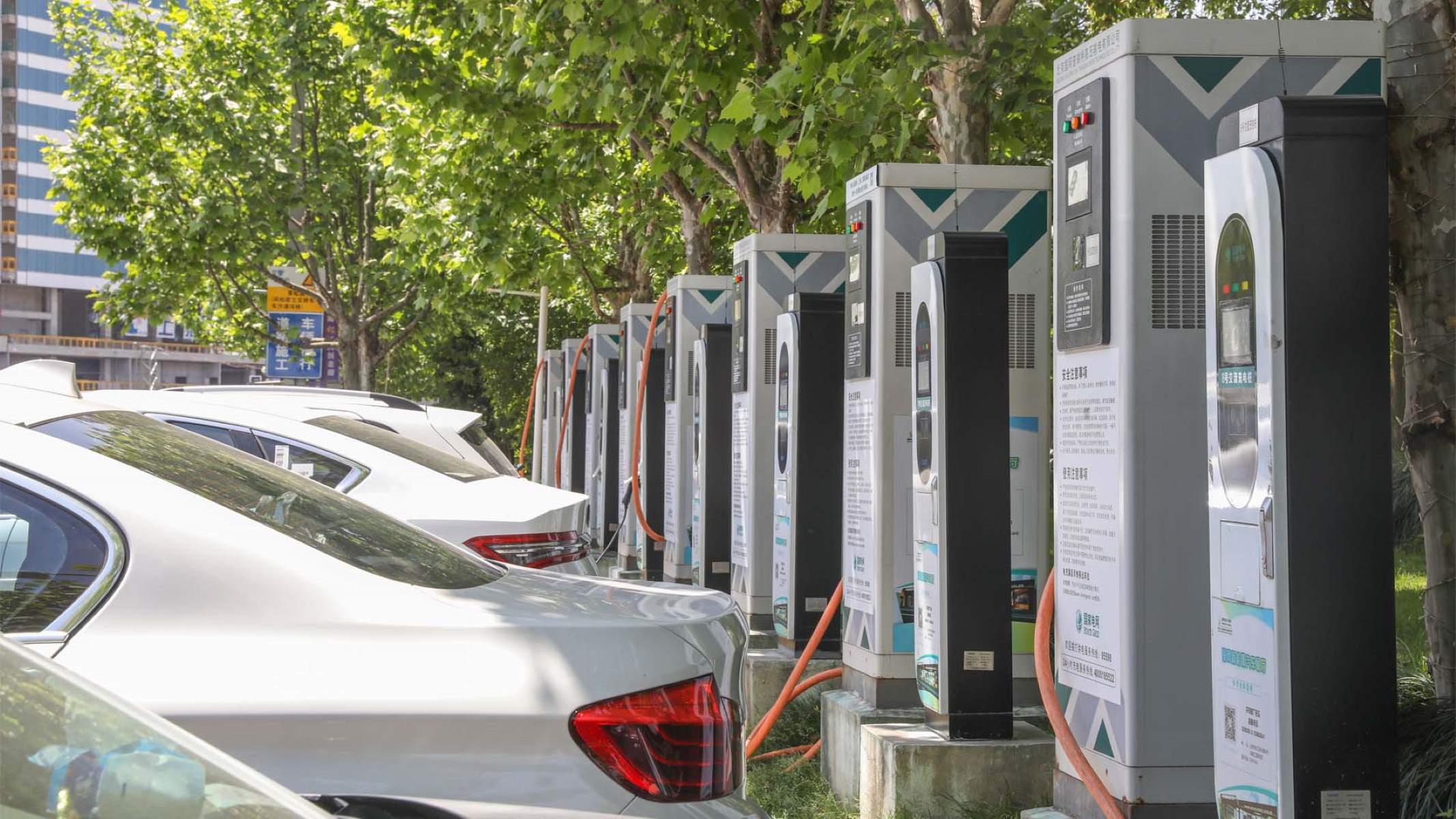
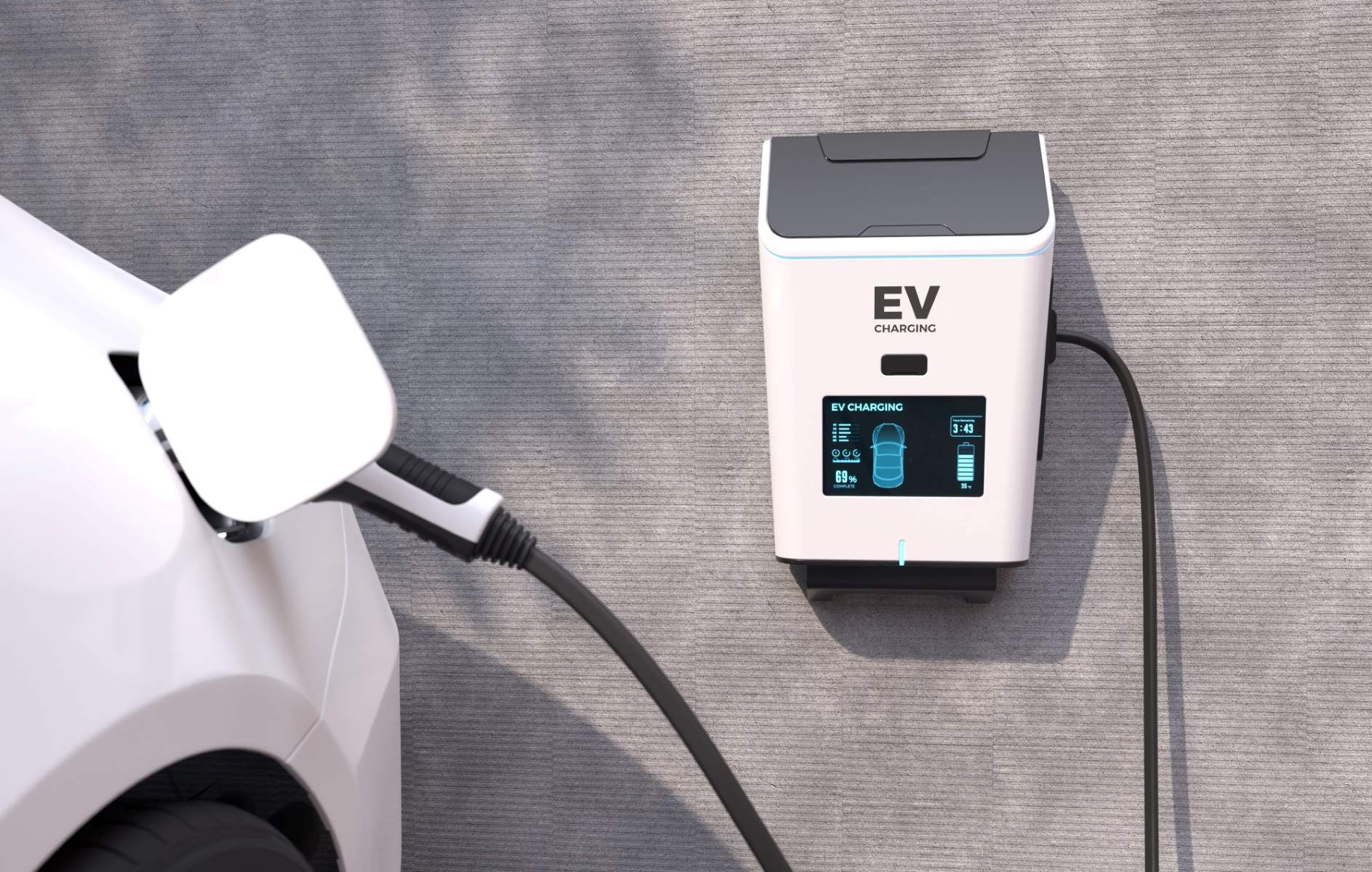
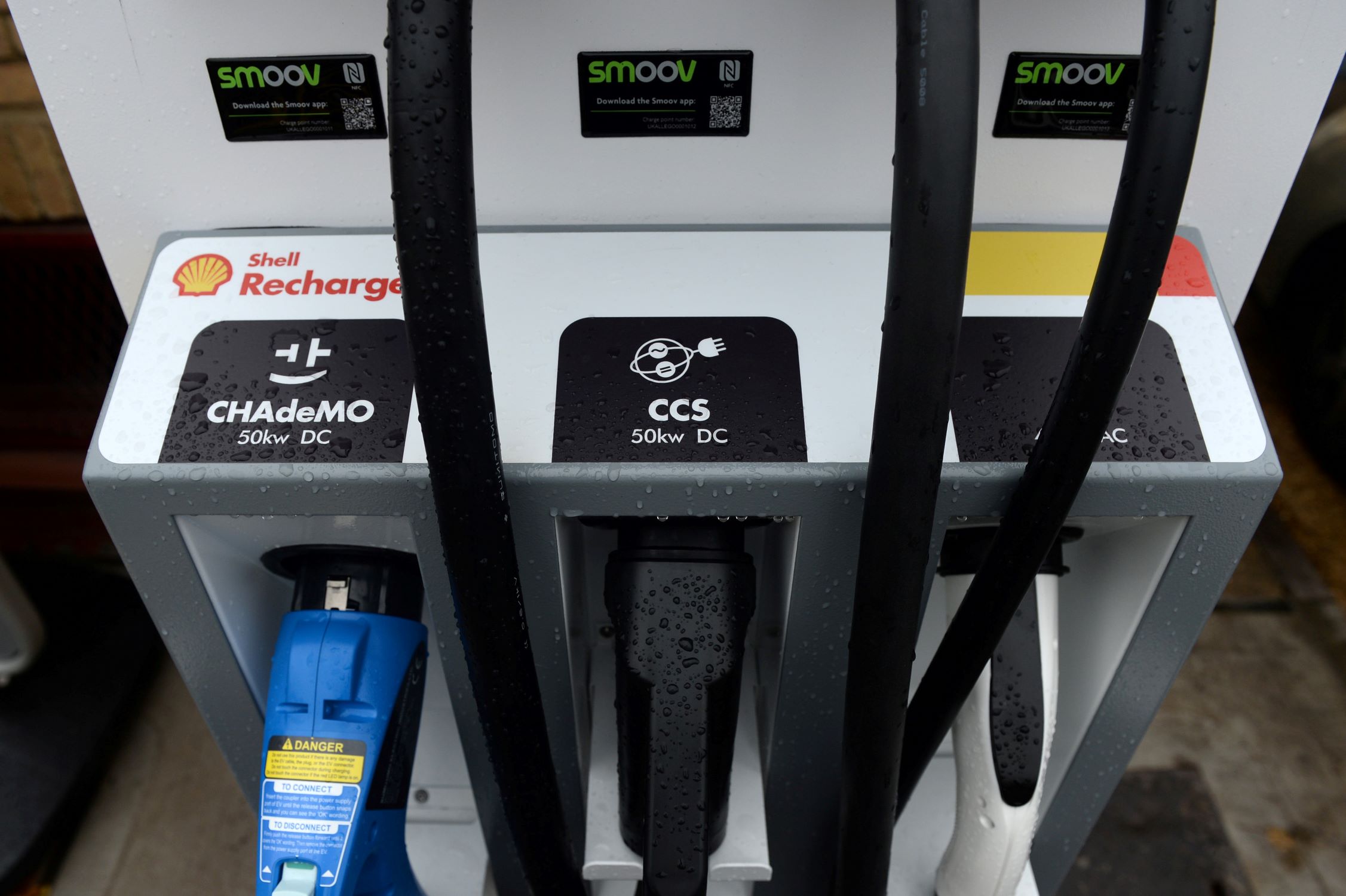

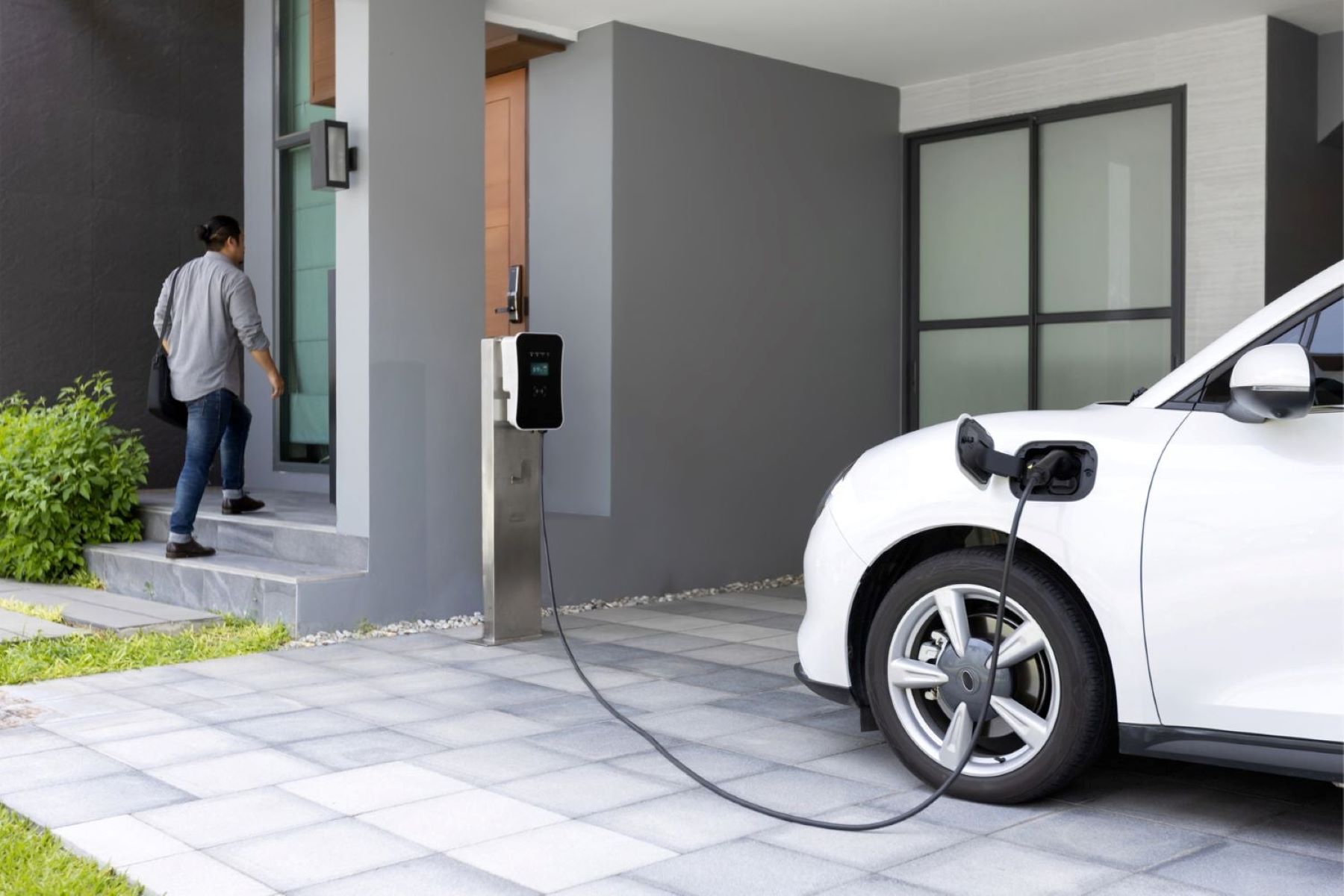
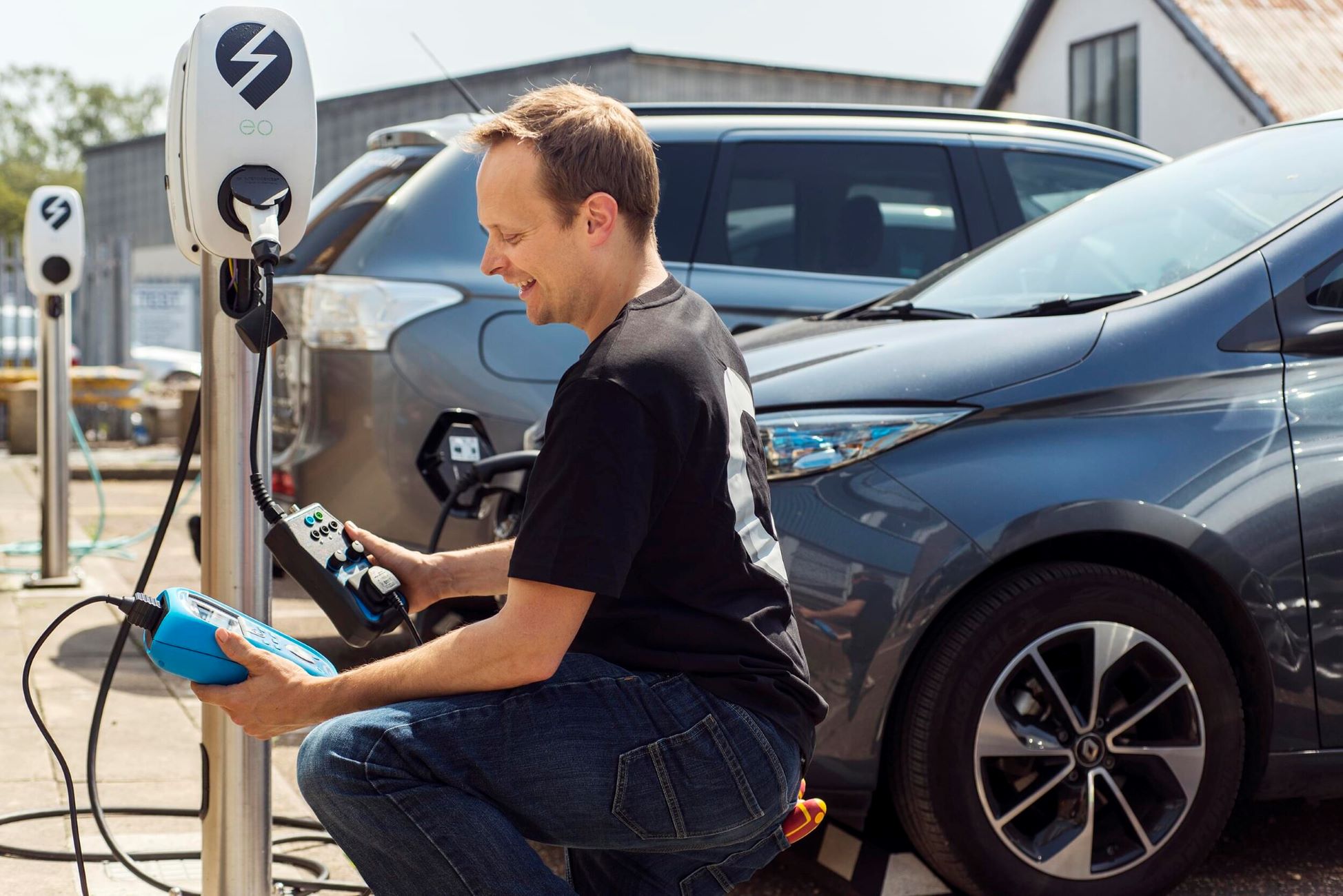
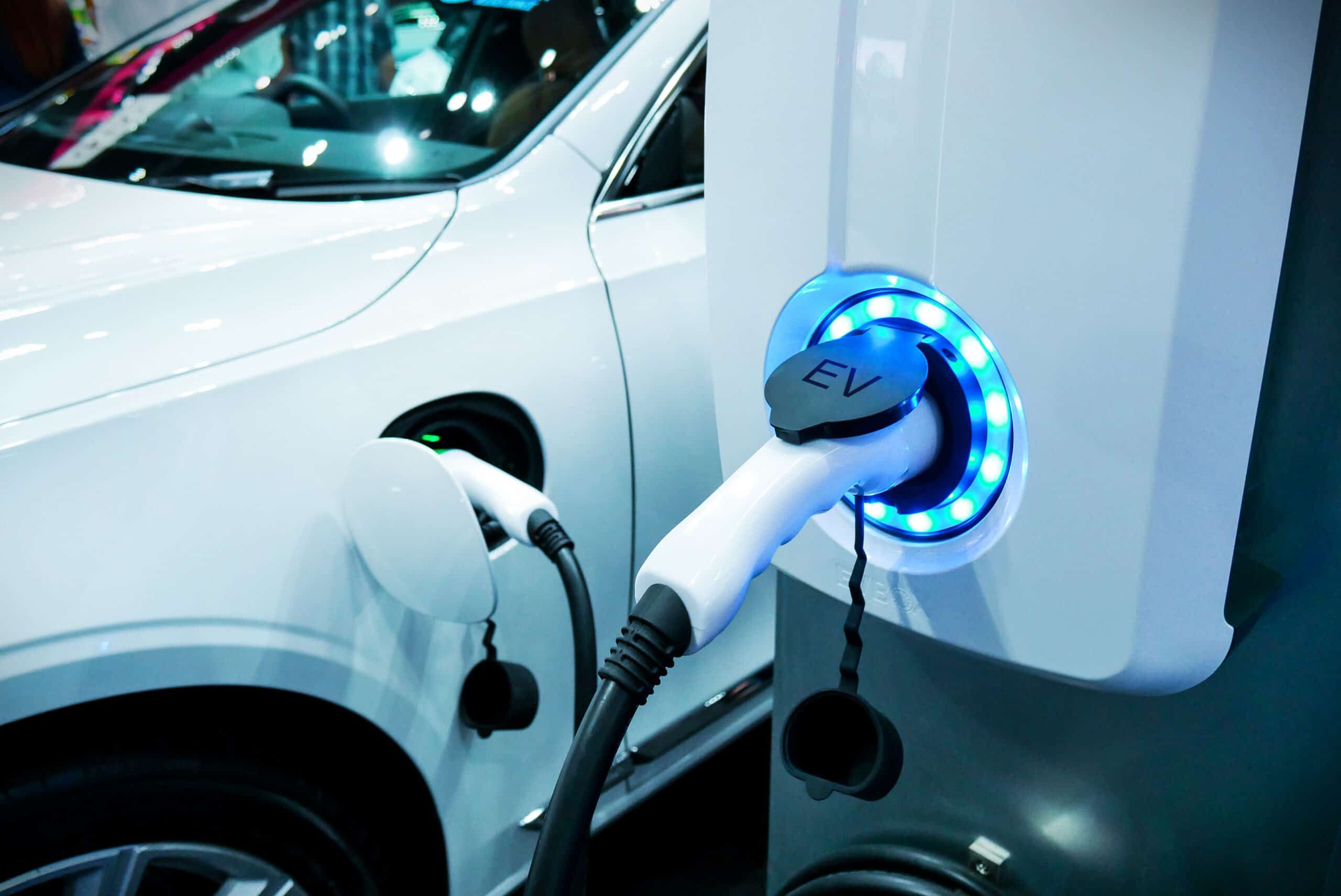
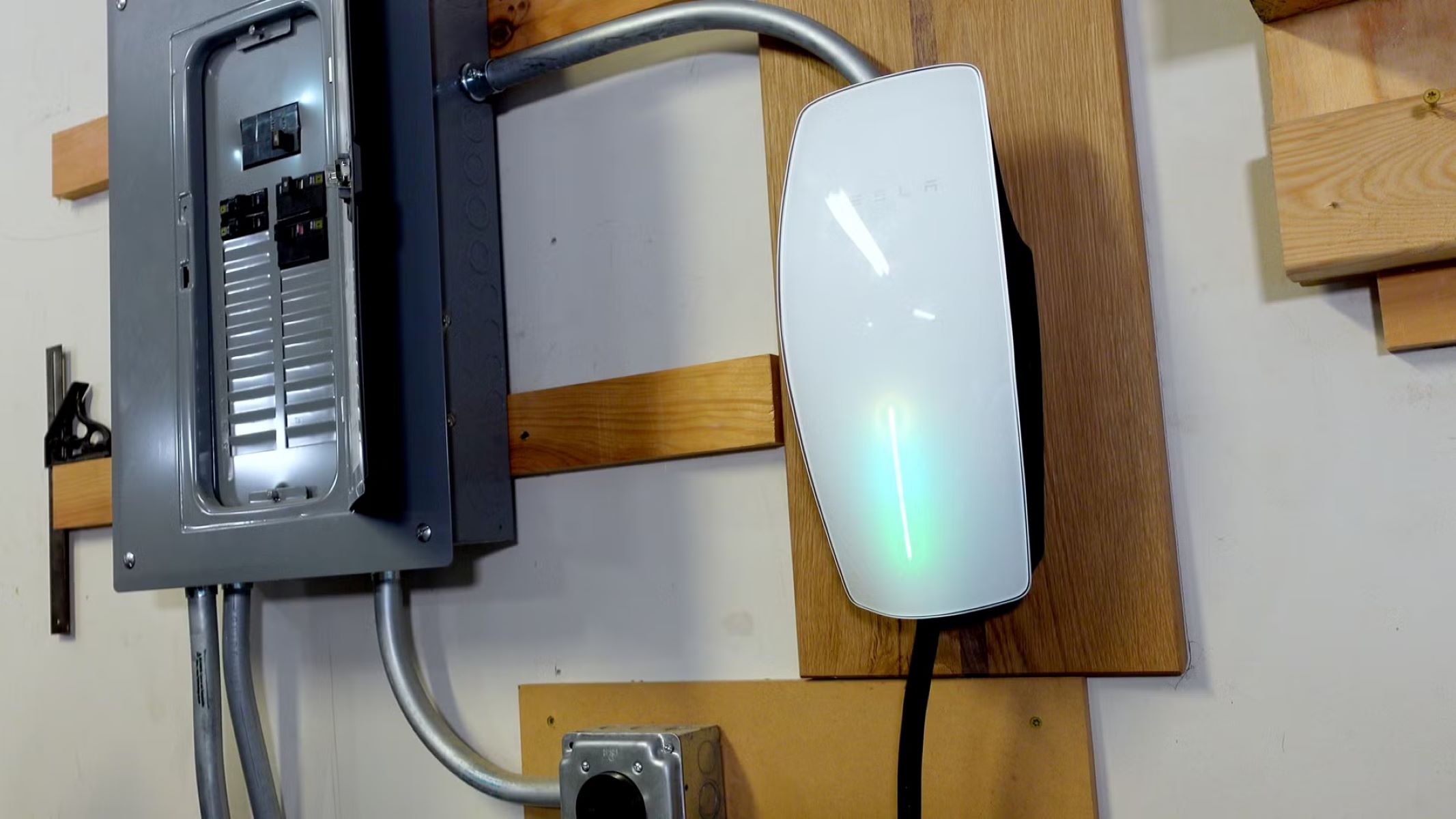
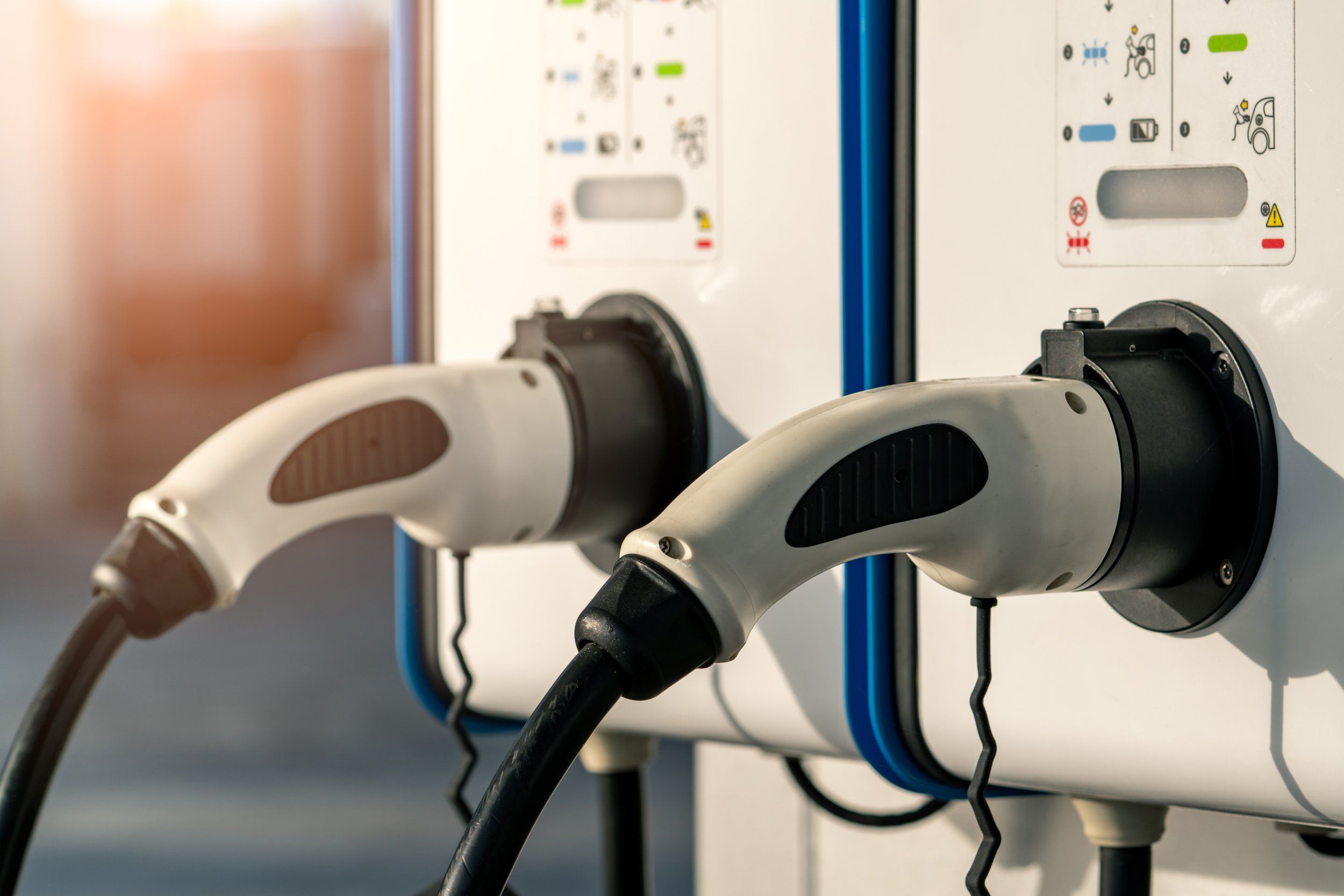
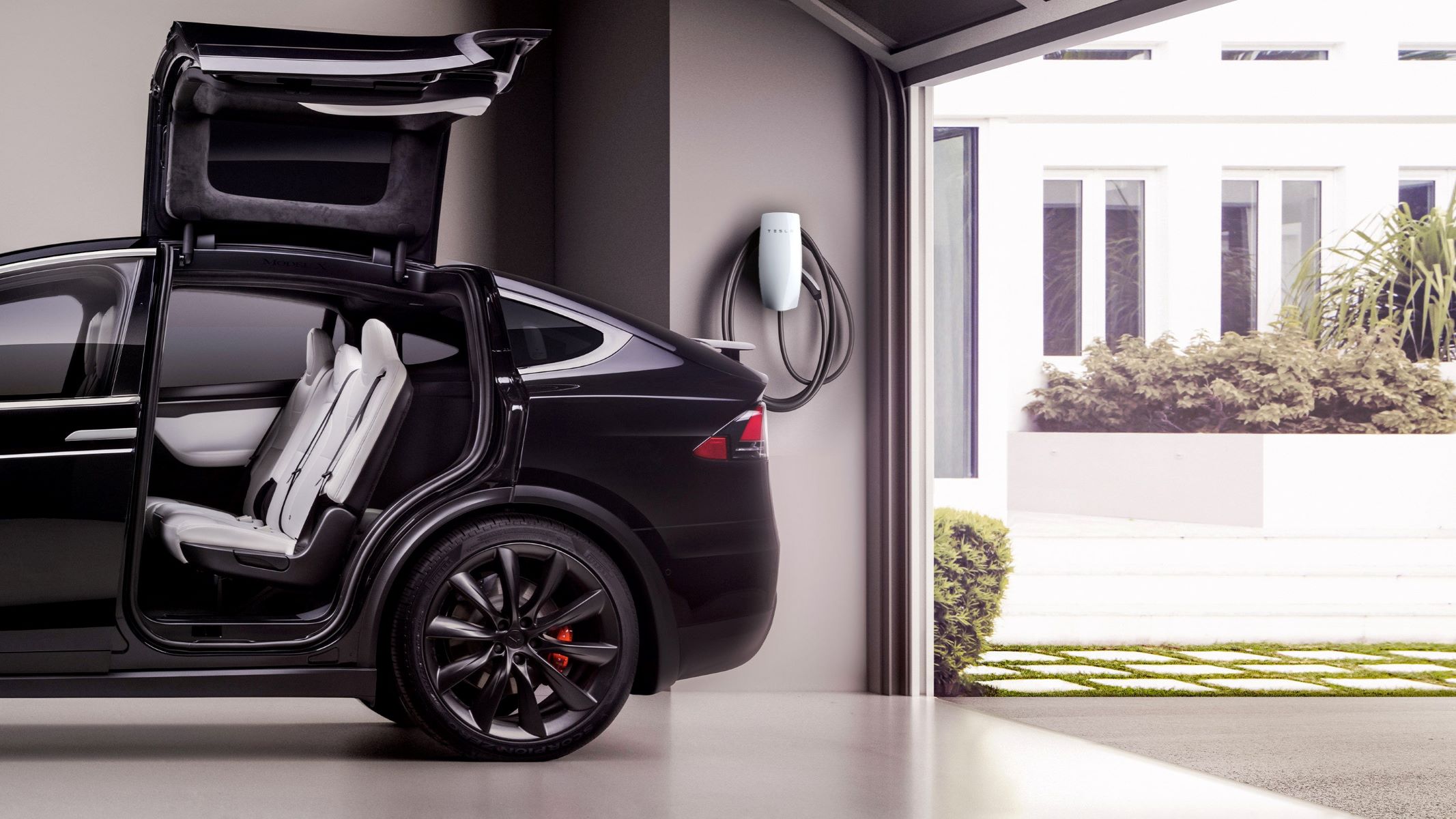
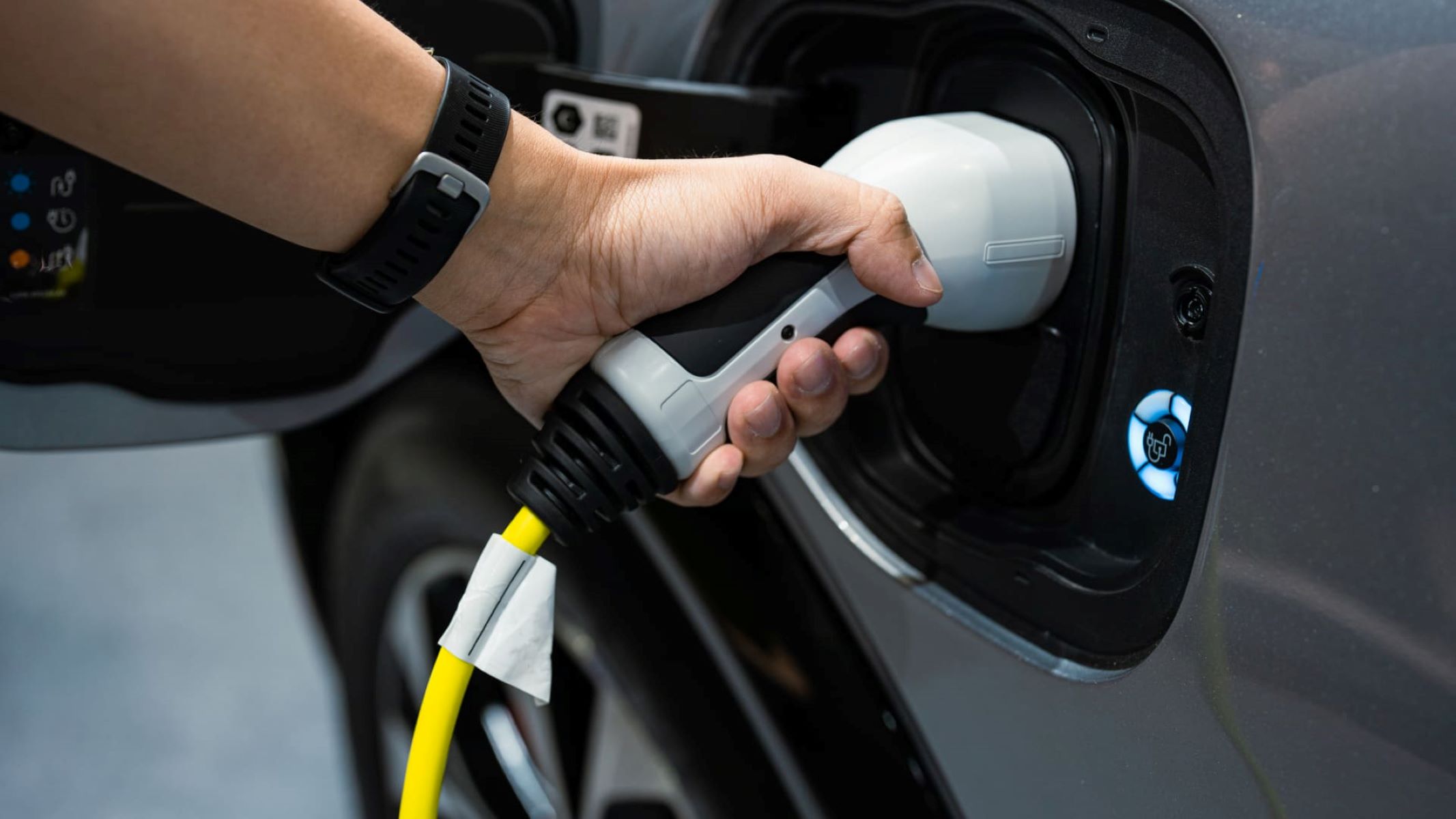
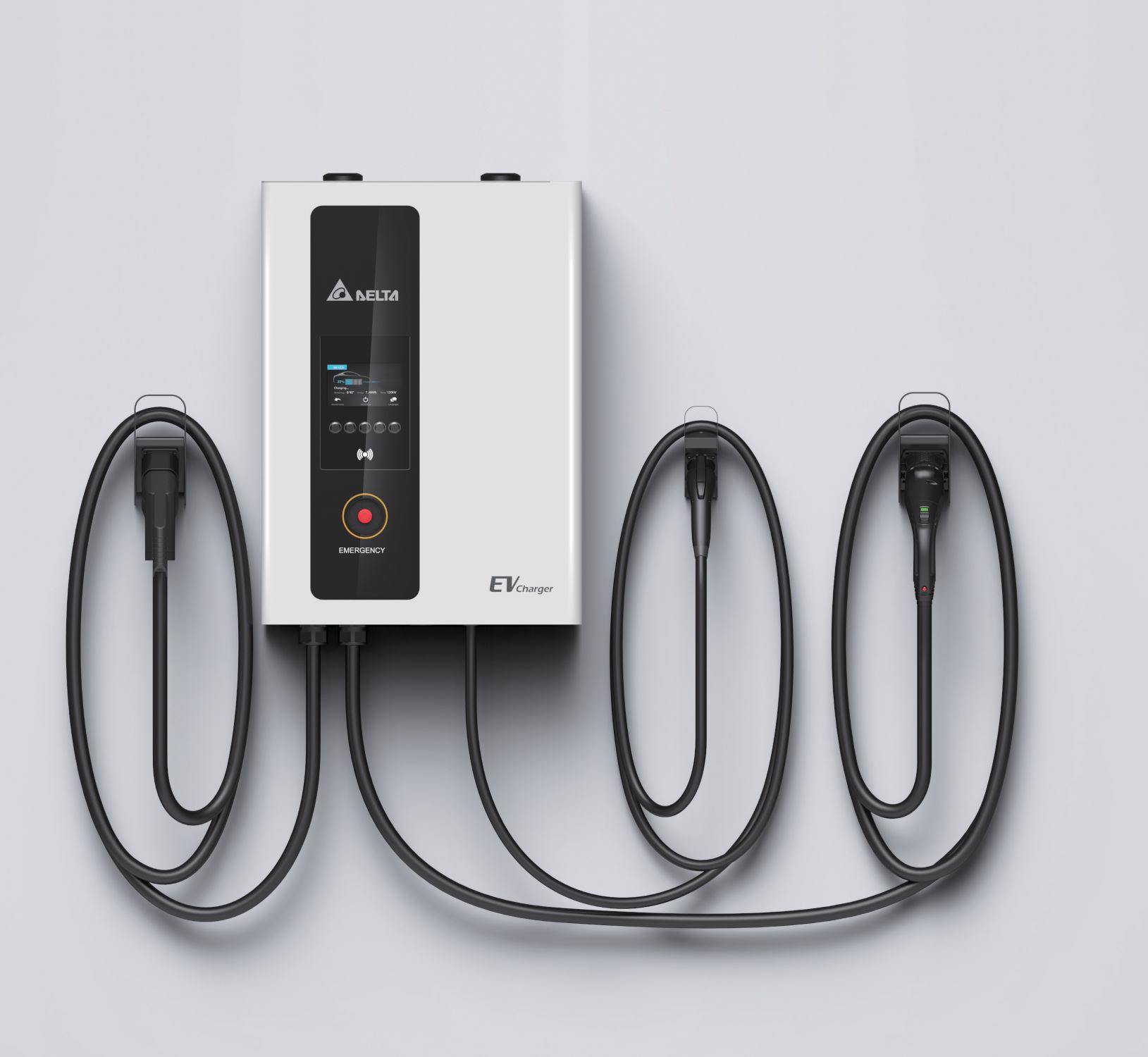

0 thoughts on “How To Unplug An EV Charger”